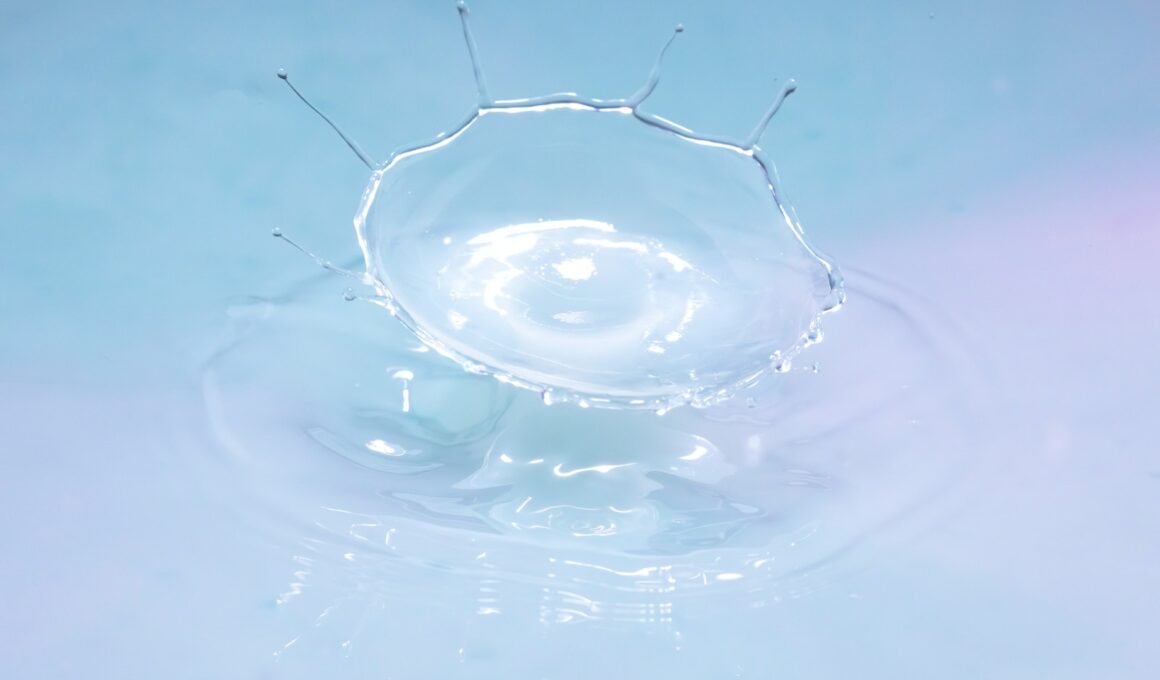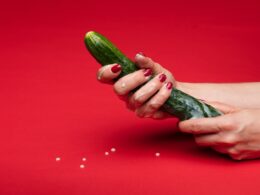Women ejaculate a thick white fluid at orgasm. It is odorless and has a sweet taste and it varies in volume from woman to woman. It originates from the Skene glands, also known as the female prostate.
The exact cause of squirting is not fully understood but it may be that PSA from the glands is released and travels into the urethra at climax. This explains why it does not smell like urine.
What is ejaculation?
Female ejaculation is a thick whitish fluid that sometimes looks like very diluted milk. It can taste sweet, although this varies from person to person. It’s unclear whether it has a specific function, but research suggests that it may reduce the risk of urinary tract infections. It’s also thought to be a good way to stimulate climax and enhance orgasm.
Male ejaculation is often called semen, cum, jizzing or shooting your load (in the 1998 film of that name, Cameron Diaz’s character accidentally uses a sample of ejaculate as hair gel, much to her husband’s chagrin). It’s closely tied to sexual arousal and orgasm, and most men ejaculate during sex. However, it’s possible for a man to ejaculate without having an orgasm.
It comes from the prostate and seminal vesicles, glands that make fluids that contain sperm – This part was prepared by the service team eurolivesexe.com. The sperm travels from the testes to the penis through the vas deferens, then to the urethra. The penis releases the semen into the urethra, where it joins with sperm from the bladder to create the thick fluid we know as ejaculate.
The fluid has hints of urea and creatinine, which are components of urine. It can sometimes be mistaken for urine, but it’s not the same thing. The fluid is expelled through your urethra, the same way you pee. The number of sperm in ejaculate varies. A low number of sperm, known as oligospermia, can be caused by certain health conditions and medications.
What is the color of ejaculation?
The color of ejaculation is an important point to understand because for a long time many doctors and people mistakenly believed that female squirt was just urine. In fact, the squirt fluid has been shown to contain some of the same components as the bladder contents and does pass down through the urethra. Moreover, it is important to note that this squirt fluid is not the same as the cervical fluid that helps lubricate your vagina during sexual arousal and orgasm.
It is thought that the milky white liquid is produced from glands in your urethra called Skene glands, which are very similar to the prostate in males. Some studies have even shown that these glands are involved in the arousal and orgasm process during sex. However, despite this, there is still no consensus on exactly what squirt fluid actually is or where it comes from.
In some cases, the squirt fluid may turn a color such as yellow because of medication or food. For example, orange-colored squirt can be caused by a drug called rifampicin, which is used to treat tuberculosis. If you notice that your squirt fluid has changed colors, it is important to discuss the matter with your doctor because it can indicate an infection in your vaginal canal.
Depending on the symptoms and severity of your condition, your doctor will prescribe the appropriate antibiotic. In addition, he or she may advise you to change your diet and lifestyle so that you can prevent further infections in the future.
What is the smell of ejaculation?
The smell of ejaculation is typically described as being similar to bleach and other alkaline substances. This is because the fluid that lubricates the vagina during sex contains a lot of these chemicals. The pH levels of a woman’s urine and sweat can also alter the way that semen smells, so it can sometimes have a fishy or rotten scent. The foods a person eats can also change the way that their semen smells, because certain nutrients and minerals can react with the chemicals found in the fluid.
A few studies have shown that women ejaculate milky white fluid during sexual arousal and orgasm. This is believed to be a release of fluid from the Skene glands, which are located near a woman’s urethra. The glands are thought to be akin to a man’s prostate gland, and the fluid produced by the gland is believed to have a similar composition to semen.
It’s important to note that this fluid is not pee, and it should not have a strong odor. If it does have a strong odor, it could be a sign of an infection. Anyone who experiences this should visit a doctor right away. The doctor can test the ejaculate for signs of an STI, and they may recommend that the person avoid sex until they get the condition under control.
What is the taste of ejaculation?
Ejaculation can have a variety of flavors. In general, semen is somewhat sweet due to the fructose in it (although this can vary a lot). It can also taste salty, bitter, or like a bleach-like smell. Sometimes it can be creamy or thick, while in other cases it is more of a liquid consistency. The taste of cum can be quite different for each person, depending on their diet and hydration. For example, eating lots of fruits and vegetables can make ejaculate taste sweeter, while eating foods with a lot of sodium can give it a saltier or more bitter flavor.
It is important to note that women’s ejaculation does not always taste exactly the same. This is because the body’s glandular system is more complicated than a man’s, and the fluid produced by the female organ can change dramatically from one woman to the next. In addition, the odor of ejaculation can also vary from one woman to the next.
There is currently a debate about whether or not women’s ejaculation actually tastes like urine, and while many studies have found that the two fluids are similar in chemical composition, others have come to opposing conclusions. The debate has been exacerbated by the fact that some studies have been influenced by social ideas about femininity, sexuality and gender, which have led to some bad science on this topic.









